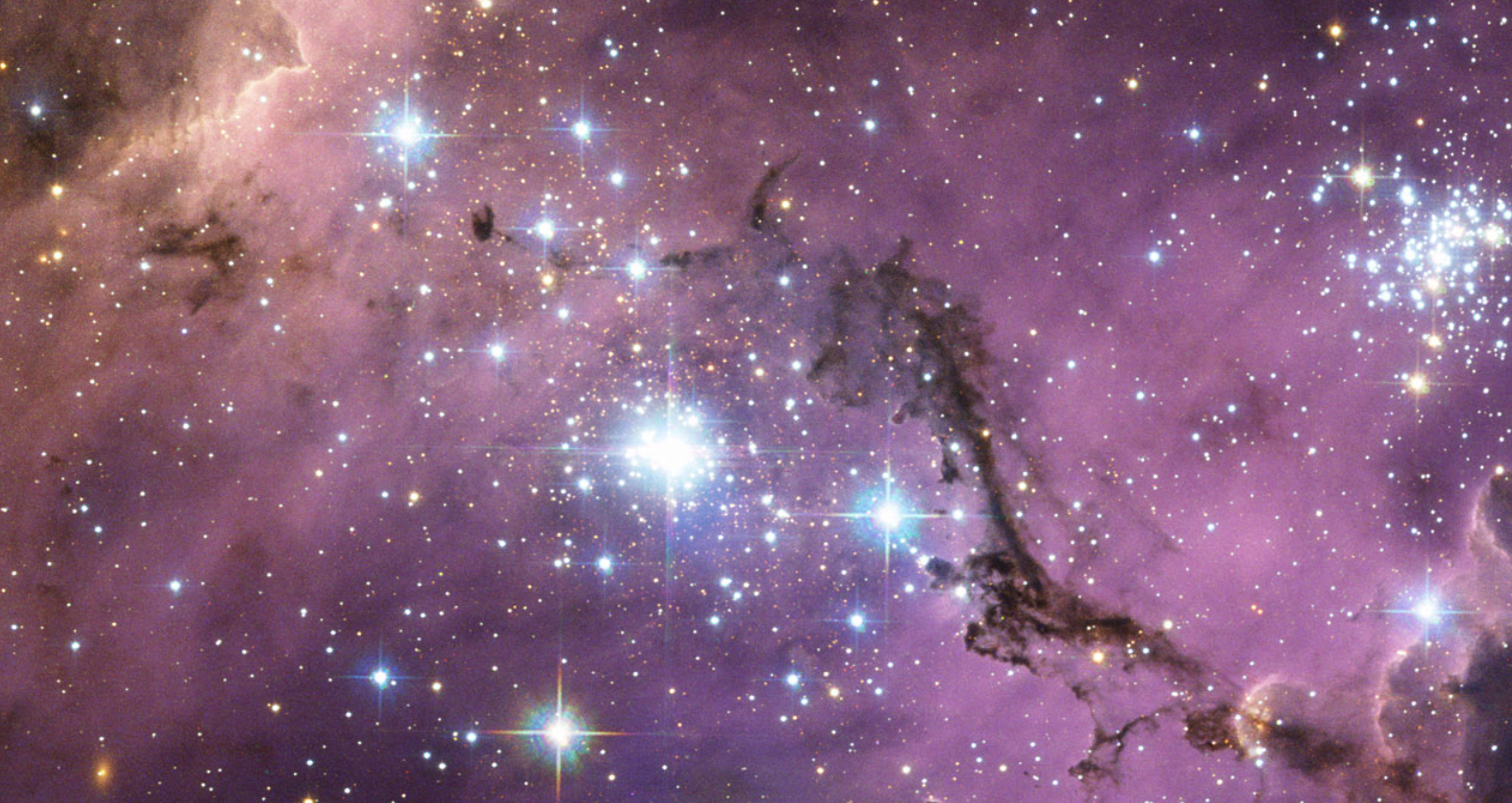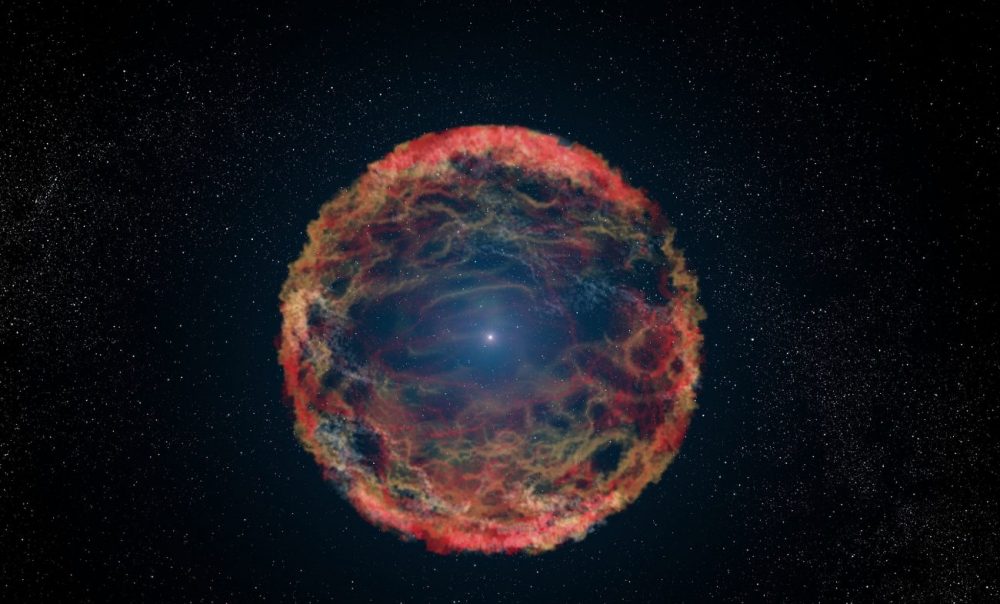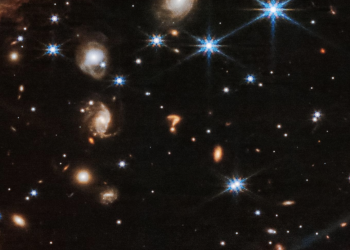A stream of hypervelocity stars is speeding through the Milky Way, and astronomers believe they may have found the culprit: a massive, unseen black hole lurking in the Large Magellanic Cloud (LMC). If confirmed, this discovery would reshape what we know about how black holes interact with their galaxies—and raise new questions about how many more rogue stars might be on their way.
Most stars follow predictable orbits, bound by the gravitational pull of their home galaxy. But some defy expectations, moving so fast that they are on an escape trajectory, never to return. These rare objects, known as hypervelocity stars (HVSs), can travel at millions of kilometers per hour, fast enough to break free from the Milky Way itself.
For decades, scientists have debated the origins of these cosmic sprinters. Some may have been flung outward by supernova explosions, while others were ejected by the supermassive black hole (SMBH) lurking at the heart of our galaxy. But a new study suggests an entirely different source—one we didn’t see coming.
A Star Highway from the Large Magellanic Cloud?
Back in 2006, a survey of fast-moving stars in the Milky Way’s halo found 21 hypervelocity stars, including several B-type stars, which are massive, hot, and short-lived. Curiously, nearly half of them were clustered in a small part of the sky near the constellation Leo—an odd pattern that astronomers couldn’t explain.
Now, by retracing the paths of these stars, scientists have uncovered something extraordinary: at least nine of them may have come from the Large Magellanic Cloud, not the Milky Way.
This is a game-changer. While the idea of stars being ejected from companion galaxies isn’t entirely new, astronomers didn’t expect so many to come from the LMC. The question is—how did they get here?
Is a Hidden Black Hole Launching Stars Into the Cosmos?
Supernovae are capable of launching smaller stars at high speeds, but they can’t explain the extreme velocity of the B-type stars in this study. That’s where the Hills mechanism comes in.
This process occurs when a binary star system drifts too close to a supermassive black hole. One star is captured by the black hole, while the other is violently ejected at incredible speeds. If this is what happened in the LMC, it would mean the dwarf galaxy harbors a supermassive black hole that we’ve never seen before.
The researchers calculated that to accelerate these stars to such speeds, the LMC’s black hole would need to be around 600,000 times the mass of the Sun—much smaller than the Milky Way’s Sagittarius A* but larger than previous estimates for the LMC.
A Cosmic Slingshot Aimed at the Milky Way?
The LMC is currently orbiting the Milky Way, and its movement adds extra velocity to any ejected stars. This explains why the stars appear to cluster near Leo from our perspective. It also suggests that as the LMC continues its motion, even more hypervelocity stars could be on their way.
For centuries, we’ve viewed the Milky Way as the dominant force in its local group, consuming smaller galaxies and pulling them apart. But this study suggests the LMC isn’t just a passive victim—it might be flinging stars right back at us.
The study, currently available as a preprint on ArXiv.org, has been submitted to The Astrophysical Journal for peer review. If confirmed, it could reshape how we understand black holes in dwarf galaxies, hinting that they are far more common than previously believed.
Upcoming telescopes like the Vera C. Rubin Observatory will help astronomers track even more hypervelocity stars and determine if they, too, were launched from the LMC’s hidden black hole.
Could this be the first of many unseen black holes in our galactic neighborhood? If so, how many more stars might be on their way, hurtling toward intergalactic space?










